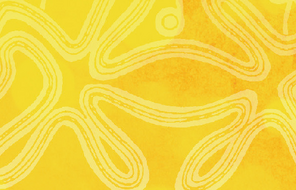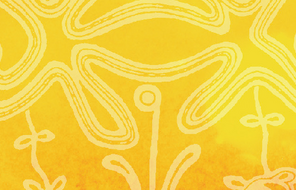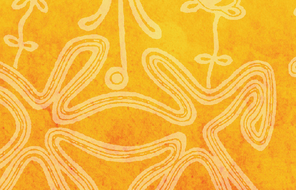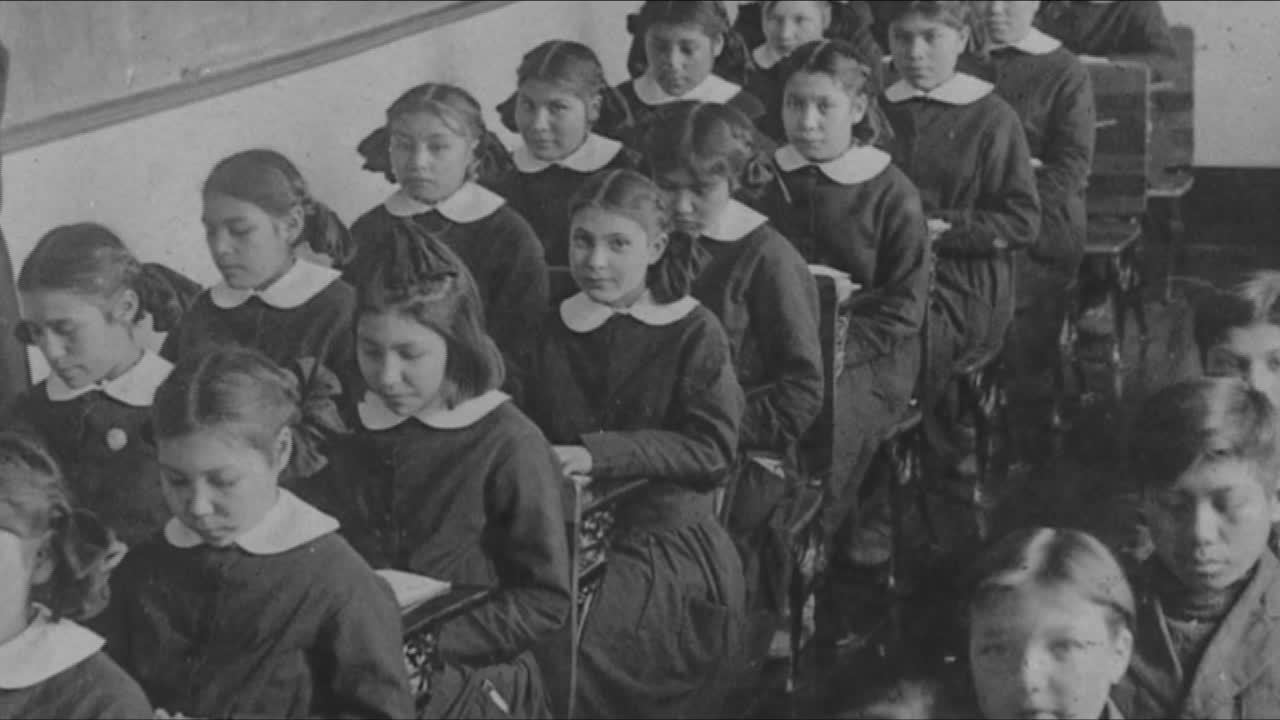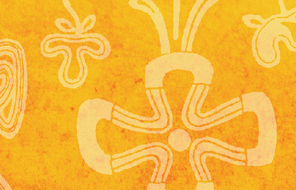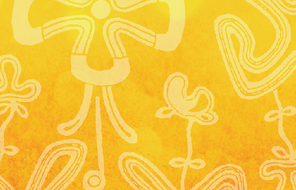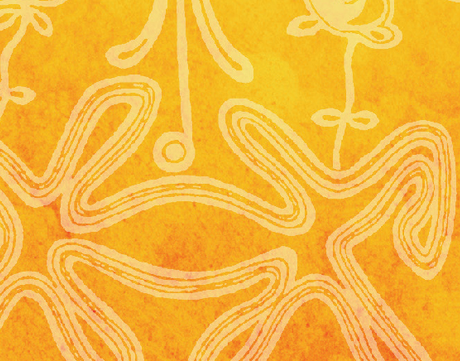
Chapter
The Indian Act and the Indian Residential Schools
Learn the history behind the legislation and policies created by the Canadian government in the nineteenth century to dispossess and assimilate the Indigenous Peoples.
Subject
- Social Studies
Grade
6–12Published
Updated
This resource is intended for educators in Canada who are teaching in English.
Overview
About This Chapter
In the previous chapters, we learned about the ideas that Europeans falsely employed to categorize the Indigenous Peoples of North America. This chapter examines how these views were put into action after Confederation in 1867.
Inside this Chapter
Unlimited Access to Learning. More Added Every Month.
Facing History & Ourselves is designed for educators who want to help students explore identity, think critically, grow emotionally, act ethically, and participate in civic life. It’s hard work, so we’ve developed some go-to professional learning opportunities to help you along the way.
Exploring ELA Text Selection with Julia Torres
On-Demand
Virtual
Listen to #DisruptTexts founder Julia Torres about taking a critical lens to text selection in ELA classrooms.

Working for Justice, Equity and Civic Agency in Our Schools: A Conversation with Clint Smith
On-Demand
Virtual
Listen to writer and educator Dr. Clint Smith as he shares his poetry and reflections on working for justice, equity, and civic agency in our schools.

Centering Student Voices to Build Community and Agency
On-Demand
Virtual
Explore approaches to centering student voice, building authentic relationships and cultivating community with Molly Josephs, the creator of This Teenage Life, a youth-driven, story-sharing podcast that started as a school club.

Using the strategies from Facing History is almost like an awakening.
—
Claudia Bautista, Santa Monica, Calif



